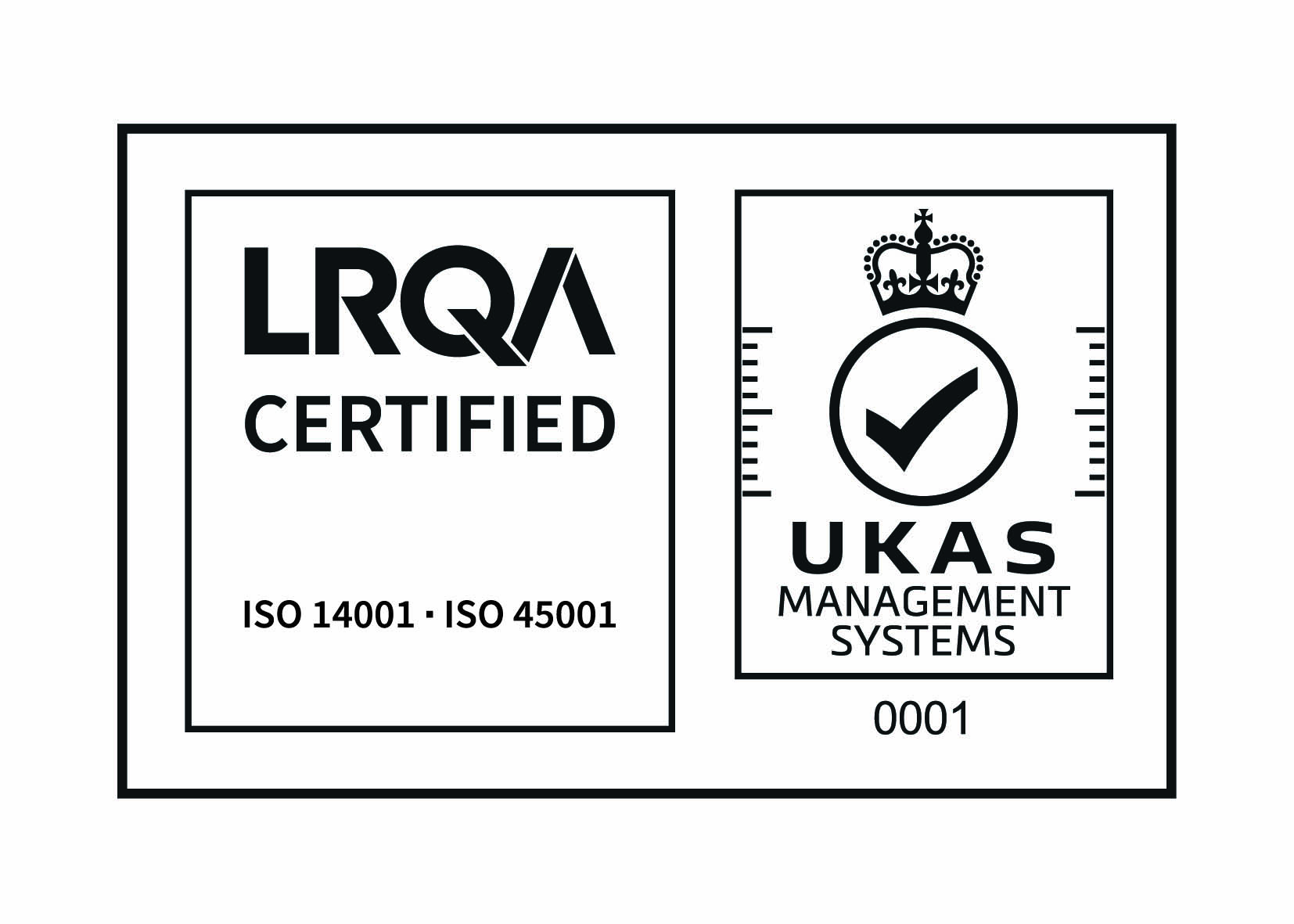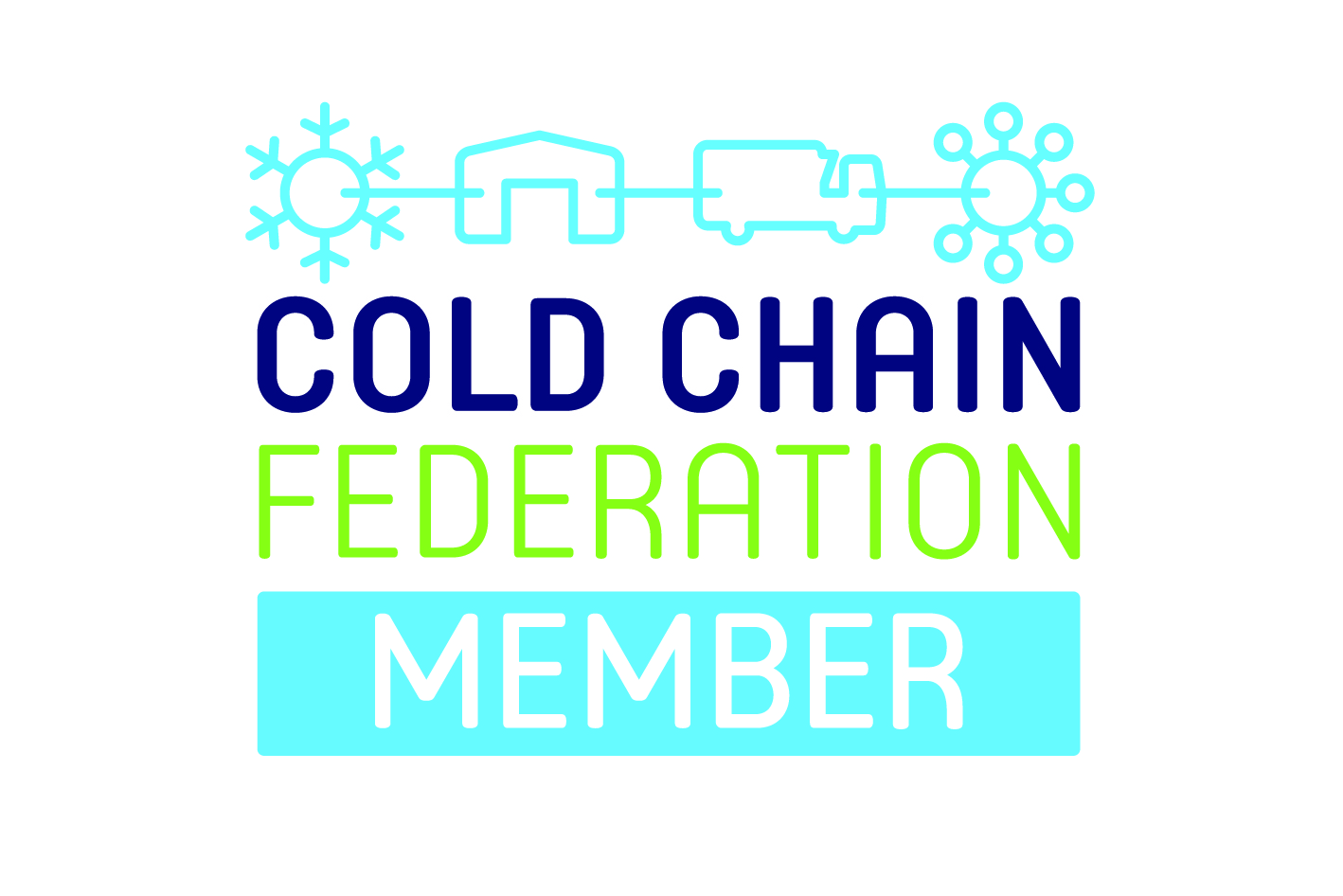The importance of temperature controlled packaging

Temperature controlled packaging plays a vital role in ensuring products remain safe, effective and compliant throughout their journey. When items need to be kept within specific temperature ranges during shipping, reliable packaging solutions are essential to prevent spoilage, contamination or loss of quality. From pharmaceuticals and medical devices to food and chemical products, temperature management is a critical element of the modern supply chain.
Why Temperature Controlled Packaging Matters
Any item that is sensitive to heat or cold must be carefully managed while in transit. Some products can remain at ambient temperature, while others must be chilled or frozen. For instance, frozen foods require a consistently low temperature to preserve freshness, whereas medical products such as vaccines or diagnostic kits must stay within narrow temperature ranges to remain effective.
Across industries, cold chain logistics has become integral to operational reliability. In healthcare, specialist packaging protects temperature-sensitive medications and biological samples, often using gel packs or dry ice to maintain the correct environment. Even in the automotive and electronics sectors, specific materials and components require temperature control during shipping to avoid damage or degradation.
Maintaining Temperature During Transit
When goods must be kept at a consistent temperature, temperature controlled packaging provides a practical alternative to fully refrigerated transport. This approach is particularly valuable when goods are shipped as part of a shared load, where frequent door openings can cause internal temperature fluctuations.
High-performance packaging solutions are designed to insulate and protect their contents from external changes. At the simplest level, a sturdy cardboard box lined with insulated materials and gel packs can maintain the desired temperature for several hours. These passive systems are lightweight, cost-effective and ideal for smaller consignments.
For shipments that require tighter control, specialist cold chain solutions offer advanced packaging options. Rigid containers with high-grade insulation and integrated data loggers enable in-transit monitoring, providing proof that items have remained within their target temperature ranges throughout transport.
Larger consignments can be moved using pallet-sized temperature controlled containers, designed for forklift handling and extended performance. These units can maintain internal conditions for up to 120 hours, ensuring complete protection even in challenging environments or long-distance deliveries.
Benefits of Using Temperature Controlled Packaging
Investing in robust temperature controlled packaging offers several long-term advantages for businesses and their customers:
- Product integrity: Maintains consistent temperature to protect sensitive goods from spoilage or degradation.
- Cost efficiency: Reduces the need for dedicated refrigerated vehicles.
- Sustainability: Many systems are reusable, cutting waste and delivering better value.
- Traceability: In-transit temperature logging provides a verifiable record for compliance and quality assurance.
Whether you are shipping delicate pharmaceuticals, laboratory specimens or frozen produce, maintaining precise temperature ranges is essential for product quality and customer confidence. With the right packaging strategy and a reliable supply chain partner, your goods will arrive safely, securely and in perfect condition.
Contact us today to learn more!









